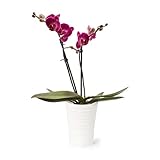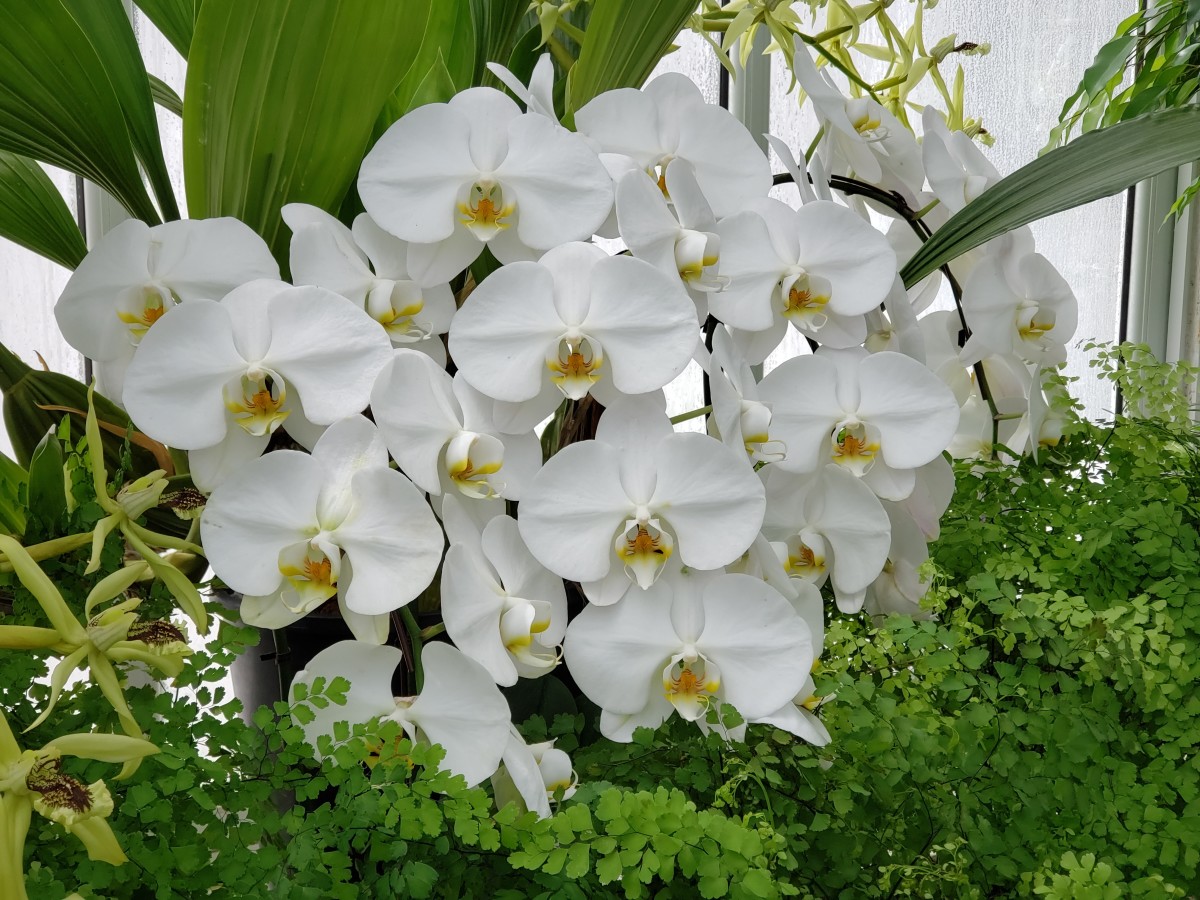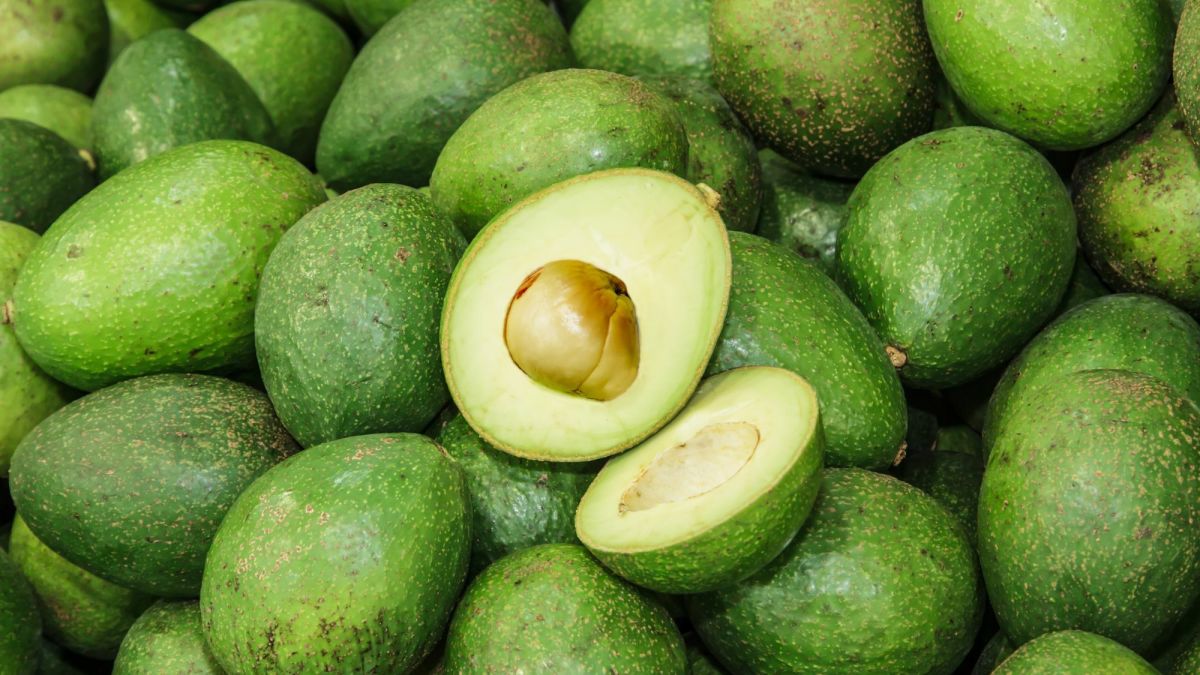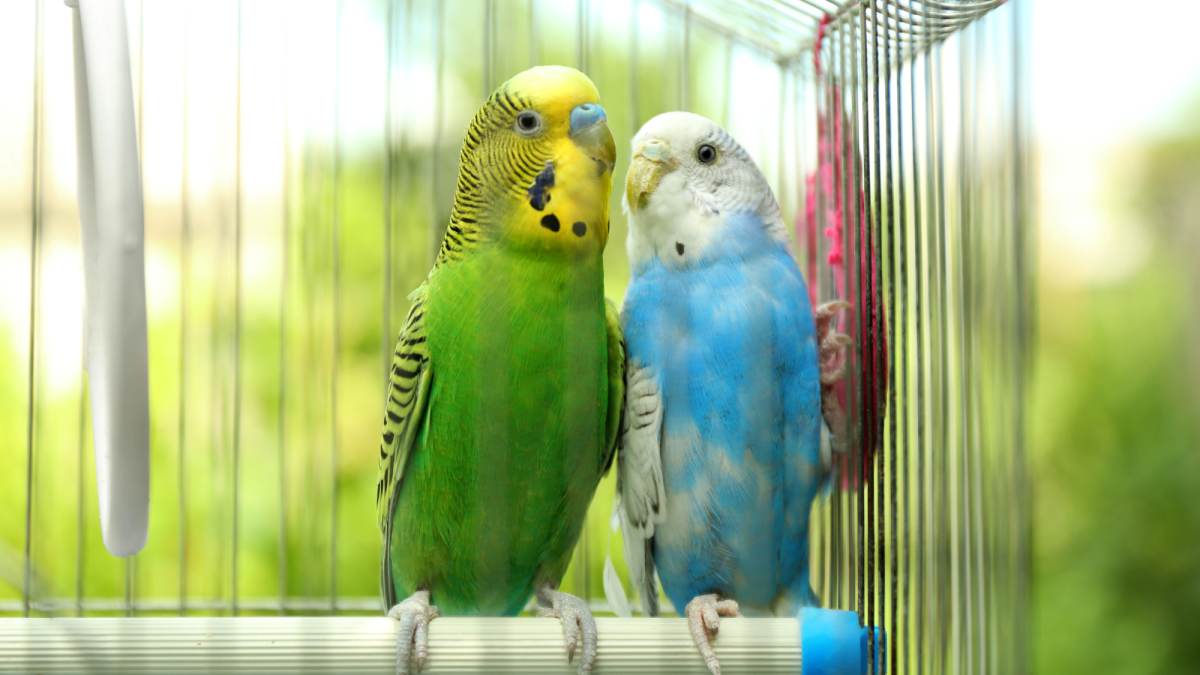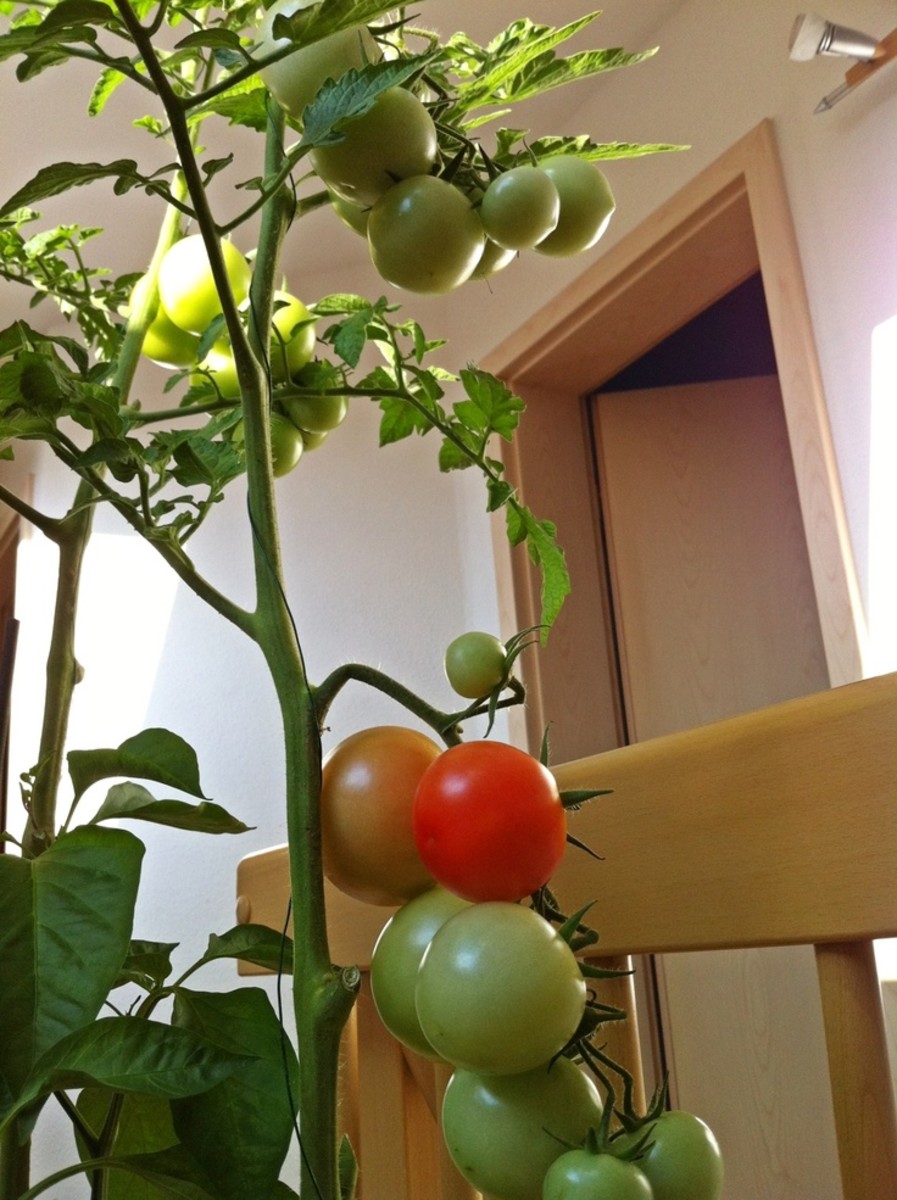Orchids - How To Grow Them As Houseplants
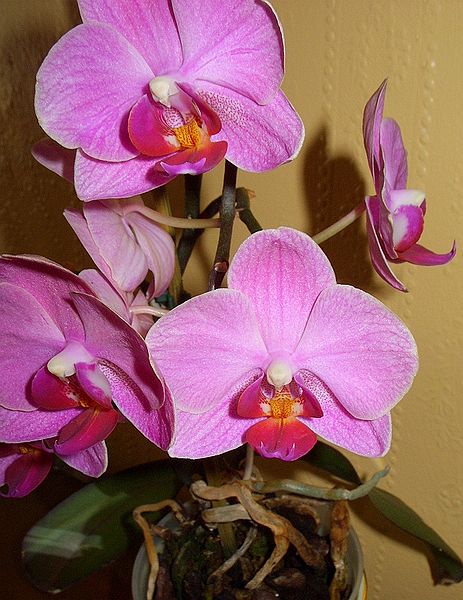
Introduction:
Many orchids need special care in a specialized greenhouse, but over a dozen different types, hundreds of varieties, will do just fine indoors if proper care is taken for adequate light, humidity, and warmth.
Begin with easy to grow intermediates. The paphiopedilums, phalaenopsises, and catleyas are perfect for beginners. You can grow coelogynes in sunny, cool rooms. Paphiopediliums are ground growing plants. Phalaenopsises and catleyas are epiphytes. Epiphytes are plants that grow on trees or other plants and have thick stems, called pseudobulbs that grow from a horizontal rhizome.
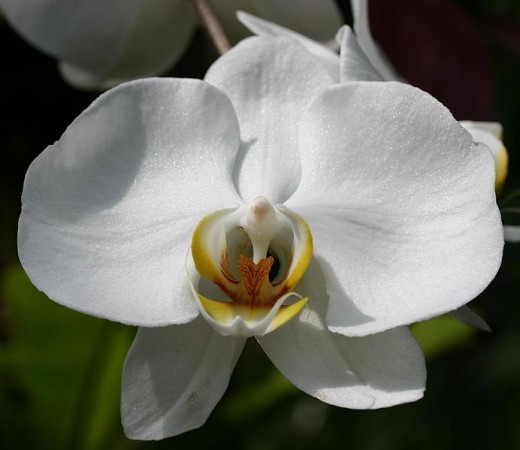
Growing Orchids:
Place orchids on a window ledge with plenty of filtered light. Do not place them in direct sunlight except in winter-time. Orchids need at least 10-14 hours of sunlight daily to flower. In the winter time you can substitute sunlight for fluorescent light. To substitute place the orchids 6 inches under fluorescent lights for 6 hours a day or more.
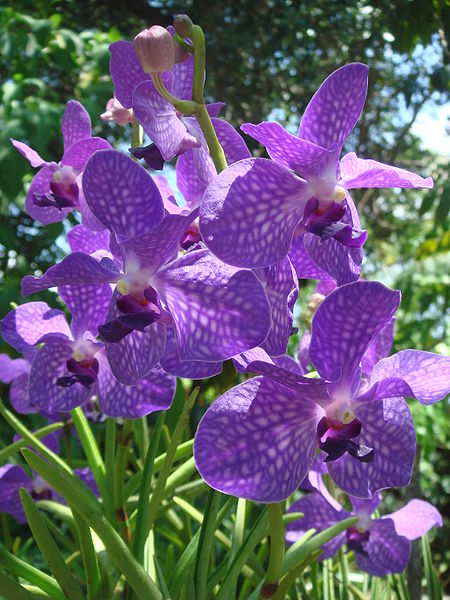
Watering Orchids:
As a rule, water orchids moderately during the growth period. Always allow the top inch of potting soil to dry out before watering again. For cattleyas, let the potting soil dry out almost completely before watering again. Keep coelogynes moist during growth time. With every fourth watering give liquid plant food diluted to half strength of what is suggested on the label. Water lightly and don't feed during fall or winter periods.
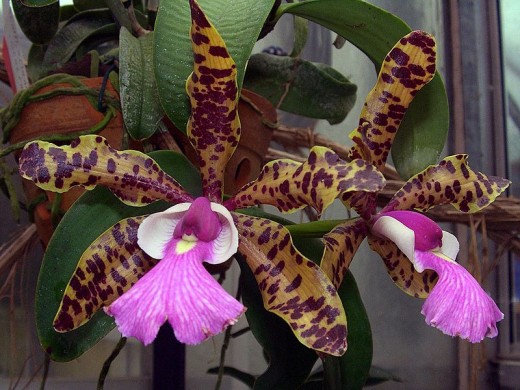
More Information on Orchids:
All orchids need high humidity. Place pots on trays of wet rocks or pebbles. Do not place them directly in standing water. It's important to mist orchids two or three times a day when temperatures reach 70 degrees or higher.
Plant ground orchids in regular pots and use a mixture of equal parts of topsoil, peat moss, coarse perlite, and shredded fir bark.
Repot orchids about every 2 years during the spring. Always cut off dead roots. If the plant has a rhizome, put it on top of the potting soil, with the oldest pseudobulb close to the rim of the pot with the growing point pointing toward the middle. Pack potting soil around the feeding roots.
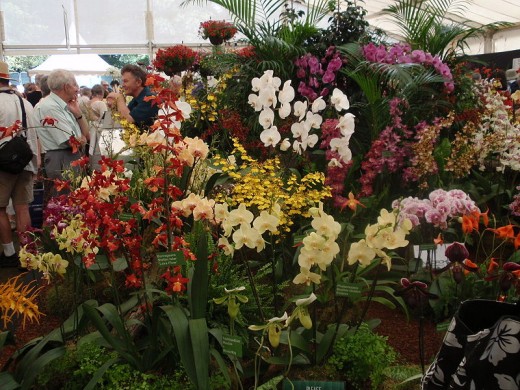
Orchid Uses:
Orchids have been valued for their scent. Many times orchids are utilized by perfumers.
Orchids are generally used for the sole purpose of flower enjoyment. Orchids are tropical and subtropical, but a few grow in colder climates.
All types of orchids are sought after by growers. Hundreds of clubs and societies have been established across the world from small to large. One such organization is the American Orchid Society. It's purpose is to push for cultivation and collection of orchids. Some of these groups concentrate on conservation and even research.
Some genera contain a huge number of species. Such as Pheurothallis and Bulbophyllum with about 1700 and 2000 species.
The dried seeds of one orchid, vanilla, are used commercially as flavoring for baking, in some perfumes, and for some aromatherapy uses.
The tubers of terrestrial orchids, orchis mascula, are crushed or ground to a powdery substance and used for cooking purposes.
The dried leavse of Jumellea fragrans are utilized for flavoring rum on some islands.
Some orchid species, such as Gastrodia, grow potato like tubers which were consumed by native people in Australia. These types of orchids are easily cultivated.
The term hybrids is used to describe unusual species grown.
- Orchid Meaning - The Symbolism of Orchid Flowers
The orchid flower has many different meanings, over time some orchid meanings have changed and others have stuck around. Like the meanings of many types of flowers, the meaning of orchids depends on who or when you ask. In this article we will talk..

